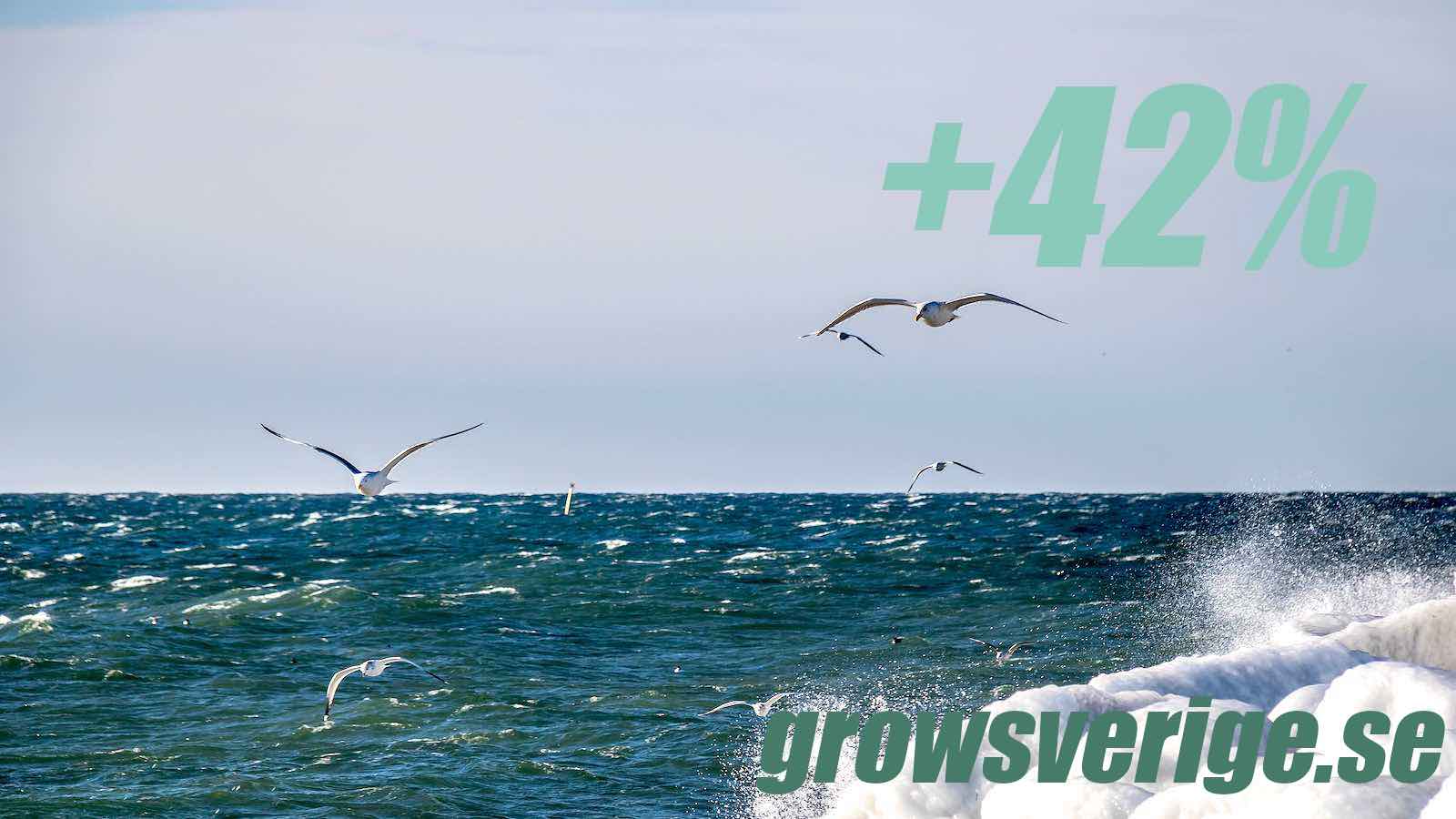Vad händer
Kontext
Konceptet med energilagring på tåg påminner om pumpkraft men istället för att flytta vatten flyttas tunga tågvagnar på räls. Elektricitet kan genereras på många sätt, vanligast från en rörelse som får turbiner att snurra. Tågvagnar med tung last som dras upp för en backe och rullar utför när elen ska användas är en metod.
The system will comprise of 34 shuttle units and will operate on a combined 9.2 km track with elevation differences from top to bottom of 640 meters.
Interesting Engineering: These Cool Energy Storage Trains Simply Work With the Power of Gravity
Vad har det för betydelse
Tågen kan skickas upp när priserna är låga eller när det finns ett överskott av elektricitet från solpaneler eller vindkraft. Metoden är förutsägbar, lätt att planera och går att ladda med vilket energislag som helst.
Company CEO Jim Kelly bigs up the system by saying that it can:- “be deployed at around half the cost of other available storage technologies. Just as important, ARES produces no emissions, burns no fuel, requires no water, does not use environmentally troublesome materials and sits very lightly on the land.”
Interesting Engineering: These Cool Energy Storage Trains Simply Work With the Power of Gravity
I nyheterna
- Interesting Engineering: These Cool Energy Storage Trains Simply Work With the Power of Gravity
- Advanced Rail Energy Storage (ARES)
- Vox: The train goes up, the train goes down: a simple new way to store energy
- YouTube: ARES system to put energy storage on the right track
- YouTube: A New Kind of Renewable Energy Storage





